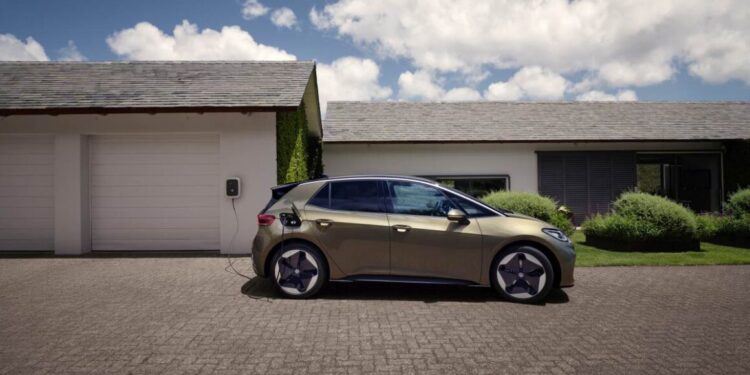The Volkswagen ID.3 is the latest electric vehicle to join the VW family, and it’s set to revolutionise the way we drive. With a sharpened interior and exterior design, top-quality animal-free and sustainable materials, and state-of-the-art technology, the ID.3 is sure to turn heads.
The ID.3 also comes with a range of improvements over the current model, including a larger 12-inch infotainment screen with an improved user interface, a new safety assist system, and inbuilt route planning which brings charging stations to the navigation system. The exterior design has been sharpened, and new colours including Dark Olivine Green have been added.
The ID.3 is powered by a rear-mounted motor that delivers 150 kW of power and 310 Nm of torque, and comes with either a 62 kWh or 82 kWh battery pack. The 62 kWh battery pack has a range of 427 km on the WLTP test cycle, while the larger pack can get up to 553 km. This is similar to the battery pack found in the Australian-delivered variant of the Cupra Born, which is expected to start deliveries next month.
Pricing of the ID.3 in right-hand drive markets starts at under £39,425 which equates to about $A70,400. The longer-range version will cost closer to $A84,000. Production of the new model is expected to begin in Germany later this year, but it’s unlikely that the ID.3 will be available in Australia until 2024, after the release of the bigger ID.4.
With so many affordable EVs on the way, including the MG 4 which is launching later this week at Fully Charged Live in Sydney, it’ll be interesting to see how the ID.3 fares when it eventually arrives in Australia.
FAQ
Q1: Are electric car batteries recyclable?
A1: Yes, electric car batteries are recyclable.
Q2: Are electric car chargers free?
A2: It depends on the charger and the location. Some electric car chargers are free, while others may require a fee.
Q3: Can electric car batteries be rebuilt?
A3: Yes, electric car batteries can be rebuilt with the right tools and knowledge.








